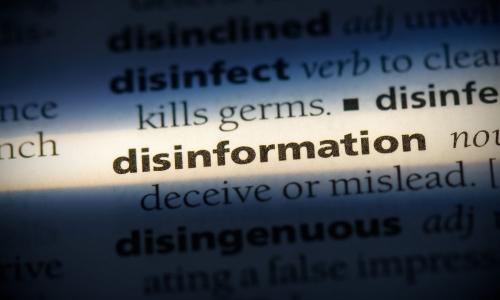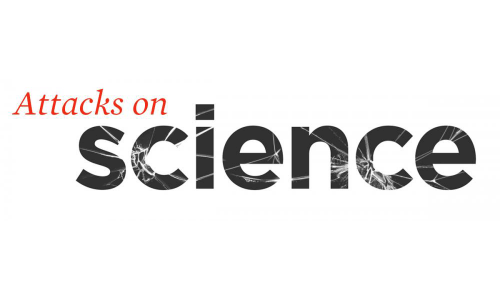Misinformation and disinformation are not the same.
Misinformation happens when false information is shared out of ignorance, or by error.
Disinformation happens when false information is shared on purpose, for a reason.
Whoops
We all make honest mistakes. A classic example of misinformation in US history occurred in November 1948, when a Chicago newspaper sent its papers off to print before presidential election results were fully counted. Harry Truman was expected to lose. And the paper’s staff, confident in the prediction and in a rush to print, approved the front-page headline “Dewey Defeats Truman.”
When the counting was finished, it became clear Harry Truman had won. While the newspaper had misinformed its readers, its staff hadn’t done so in a deliberate attempt to deceive. They quickly cleared up the mistake by reprinting the paper with the correct results.
Some people, interest groups, and organizations benefit from people not knowing the truth. And they create or spread untruths—or simply don’t bother to set the record straight—for their own personal, financial, or political gain.
On the agenda: Lies
For an example of disinformation, we can look to another US presidential election. Joe Biden won the 2020 election; this result was clear after multiple recounts in several states. However, numerous bad actors subsequently spread lies to convince people otherwise.
This disinformation is still circulating. Very few influential people who publicly claimed that President Biden lost have acknowledged the truth. And it’s because they stand to gain from the lie.
Propaganda and disinformation: What’s the difference?
Propaganda can be defined as the deliberate “dissemination of information—facts, arguments, rumours, half-truths, or lies—to influence public opinion… [with] a relatively heavy emphasis on manipulation.”
The goals of propaganda are similar to disinformation—to influence our opinions, feelings, and actions, especially to reinforce a particular political ideology—but propaganda includes a broader set of tactics; disinformation is just one particular subset of those.
Learn more

How to Spot Disinformation

How to Stop Disinformation






